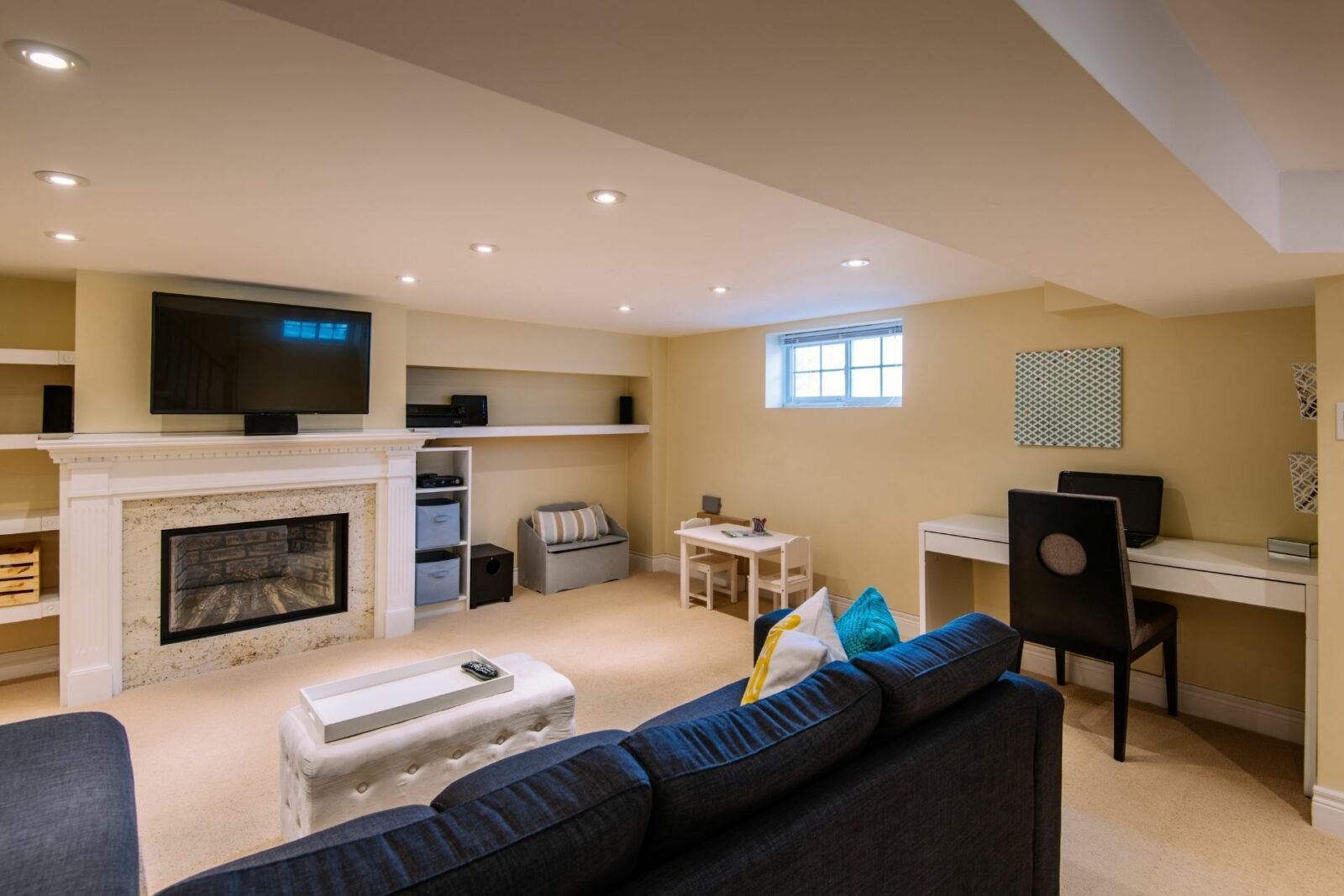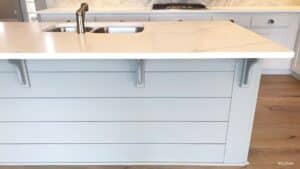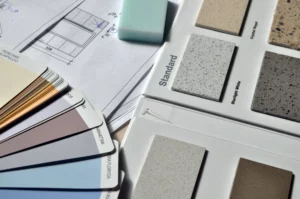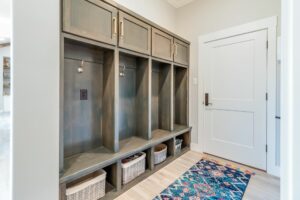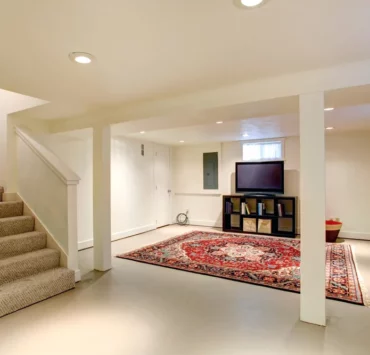A basement must have a humidity level of 30 percent to 50 percent for it to be a comfortable space. If you’re looking for what should basement humidity be, here’s your answer.
Regardless of what function your basement serves, it’s naturally more prone to having higher humidity levels than other areas in your home. Because it’s below ground and tends to be dark, it becomes an ideal space for moisture-related issues to take place. Issues like mold and mildew along with other harmful bacteria manifest more easily in basements. To help combat these inherent moisture issues, aim to have a humidity level between 30% and 50%.
Follow the guidelines below to keep your basement humidity levels under control throughout any season.
[ez-toc]Why You Should Be Concerned About The Humidity In Your Basement?
Excessive humidity in your basement creates the ideal environment for mold, mildew and other fungus to grow. These organisms can cause a variety of health problems. Respiratory issues, allergies, and other illnesses such as chronic inflammation have been closely linked to exposure to mold and mildew overgrowth.
In addition to the potential health risks, high humidity levels in your basement can cause structural damage to your home from warping and decay, courtesy of mold and mildew. Keeping the humidity in your basement under control can help prevent these problems and help ensure the health of your household and the structural integrity of your home.
What Affects Basement Humidity?
There are several factors to consider when addressing basement humidity. Keep the following in mind to help you assess what’s the best course of action to take to control the humidity levels in your basement.
Climate
The climate you live in can significantly impact the humidity levels in your basement. In general, warmer climates tend to have higher humidity levels while colder climates have lower humidity levels. This is because warm air holds more moisture than cold air.
Humidity from the outside air can easily seep into your basement and add to the current humidity levels.
Size Of The House
The size of your house can affect the humidity levels in your basement as well. Larger homes for instance have more air volume, which means they can absorb and hold more moisture in the air. This makes it more difficult to control the humidity in a large home since there is more humidity to absorb. Larger homes generally will have more sources of moisture such as bathrooms, kitchens and laundry rooms. All the excess moisture in a large home can easily transfer to a basement.
Smaller homes on the other hand have less air volume and less sources of moisture. Naturally, it’s easier to control the humidity.
Consider the overall size of your home when placing measures to control the humidity in your basement.
How Finished Your Basement Is?
Basement finishing covers the general and essential elements that make a basement functional and ready to use. Construction such as having a floor and finished ceiling, working electricity and plumbing etc. are all part of the basement finishing process. Other basement finishing components such as drywall, insulation, and waterproofing are also part of the basement finishing process. Insulation and waterproofing in particular will help keep humidity out of your basement.
You need to assess how finished your basement is, particularly what waterproofing and insulation is or isn’t implemented. This will help you assess what you need to control the humidity in your basement.
How To Control Basement Humidity?
There are several steps you can take to control the humidity in your basement. Incorporate the following accordingly to keep your basement dry all year round.
Fix Leaks And Plumbing Problems
Your first order of business for controlling basement humidity is to address unwanted sources of moisture. This covers leaks, cracks and plumbing problems. Work with a contractor if necessary. There’s no point in removing and controlling the moisture in your basement if there are unwanted sources that are constantly going to be putting moisture back in.
Finish Your Basement Waterproofing
Paired with addressing leaks in your basement, now is the best time to finish your basement waterproofing. There are several degrees to this ranging from something as simple as installing masonry waterproofing to your basement walls to something more complex such as installing a sump pump.
Here are basement waterproofing measures you can take to keep it safe and dry. Incorporate any that you see fit for your basement.
Install A Waterproof Membrane
A waterproofing membrane is a layer of material that is applied to the walls, floors and foundation of your basement to prevent water from seeping in.
Seal Cracks And Gaps
As explained previously, addressing cracks and gaps is one the most productive first steps you can take to protect your basement from water damage and humidity problems.
Install A Sump Pump
A sump pump is a device that pumps water out of your basement and away from your home’s foundation. This is a fantastic device to prevent water damage, especially if you live in an area that is prone to flooding or experiences heavy rainfall.
Install A Drainage System
A drainage system can help redirect water away from your home. Adding a drainage system keeps water and excess moisture away from your basement altogether.
Invest In A Dehumidifier
A dehumidifier is a fantastic device that removes moisture from the air. This is a key tool in controlling existing and unavoidable moisture in your basement.
Pair a dehumidifier with a humidistat. A humidistat is a device that measures the humidity in your basement. You can set it to what level of humidity is acceptable. In the case of basements, if it senses that the moisture is above 50%, it automatically turns on your dehumidifier and lets it get to work.
Install A Ventilation System
Installing a ventilation system in your basement helps to control humidity by providing a way for excess moisture to escape. This prevents humid basement air from condensing on the walls, floors and other basement surfaces. This keeps your basement dry and prevents mold and mildew growth.
Having proper ventilation in your basement prevents moisture build up altogether. This is ideal because even if you have low humidity levels, it can’t accumulate over time.
Install ventilation fans, make the most of egress windows, and place ventilation grates in key areas to keep the air in your basement circulating well.
At the end of the day if you are ask what should basement humidity be, it’s generally recommended to keep the levels between 30 and 50 percent to prevent the growth of mold and other harmful bacteria. To achieve this range, there are several factors to consider. Take into account what kind of moisture your basement is exposed to, both from the outside climate and your home. Link that with what kind of waterproofing measures your basement currently has. By knowing your basement and what kind of moisture it’s subjected to, implement the appropriate tools and measures to keep it dry.
